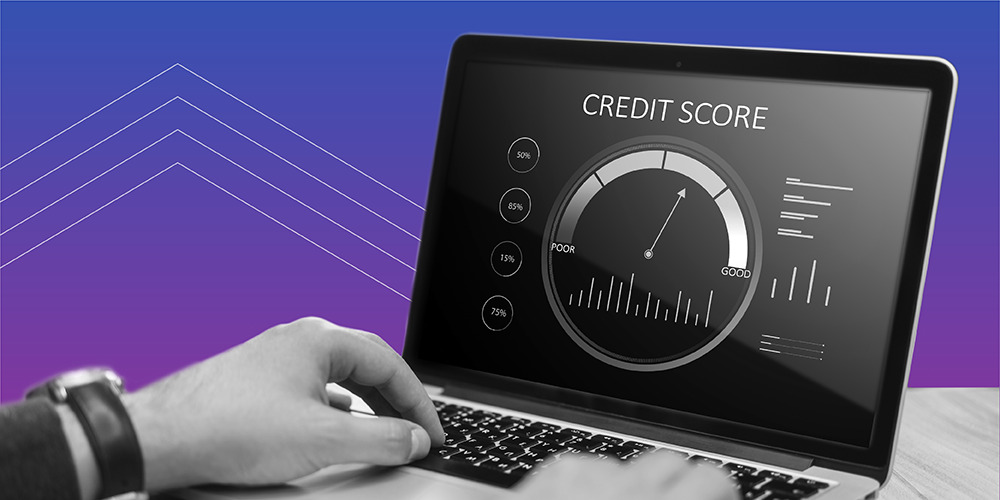Personal Finance
Credit Scores
Does Closing Credit Cards Hurt Your Credit?
April 26th, 2022
How Is Your Credit Score Determined?
April 18th, 2022
Can Bad Credit Affect Your Utility Bills?
April 1st, 2021
Financial Planning
Are Wedding Loans a Good Idea?
March 12th, 2024
Personal Loans for Adoption Expenses
July 28th, 2023
Personal Loans for Childcare Expenses
July 26th, 2023
Managing Money
What is the Minimum Income Requirement for a Personal Loan?
March 15th, 2024
How to Negotiate a Raise
August 11th, 2022
Revolving Debt vs. Non-Revolving Debt: Which is Better?
June 1st, 2022
Personal Loans
Payday Loan vs Installment Loan, Which is Better?
February 8th, 2024
Do Installment Plans Hurt Your Credit Score?
January 8th, 2024
What is a Signature Loan?
January 8th, 2024
Guides : Bad Credit Loans | No Credit Check Loans | Installment Loans | Personal Loans | Cash Advance
















